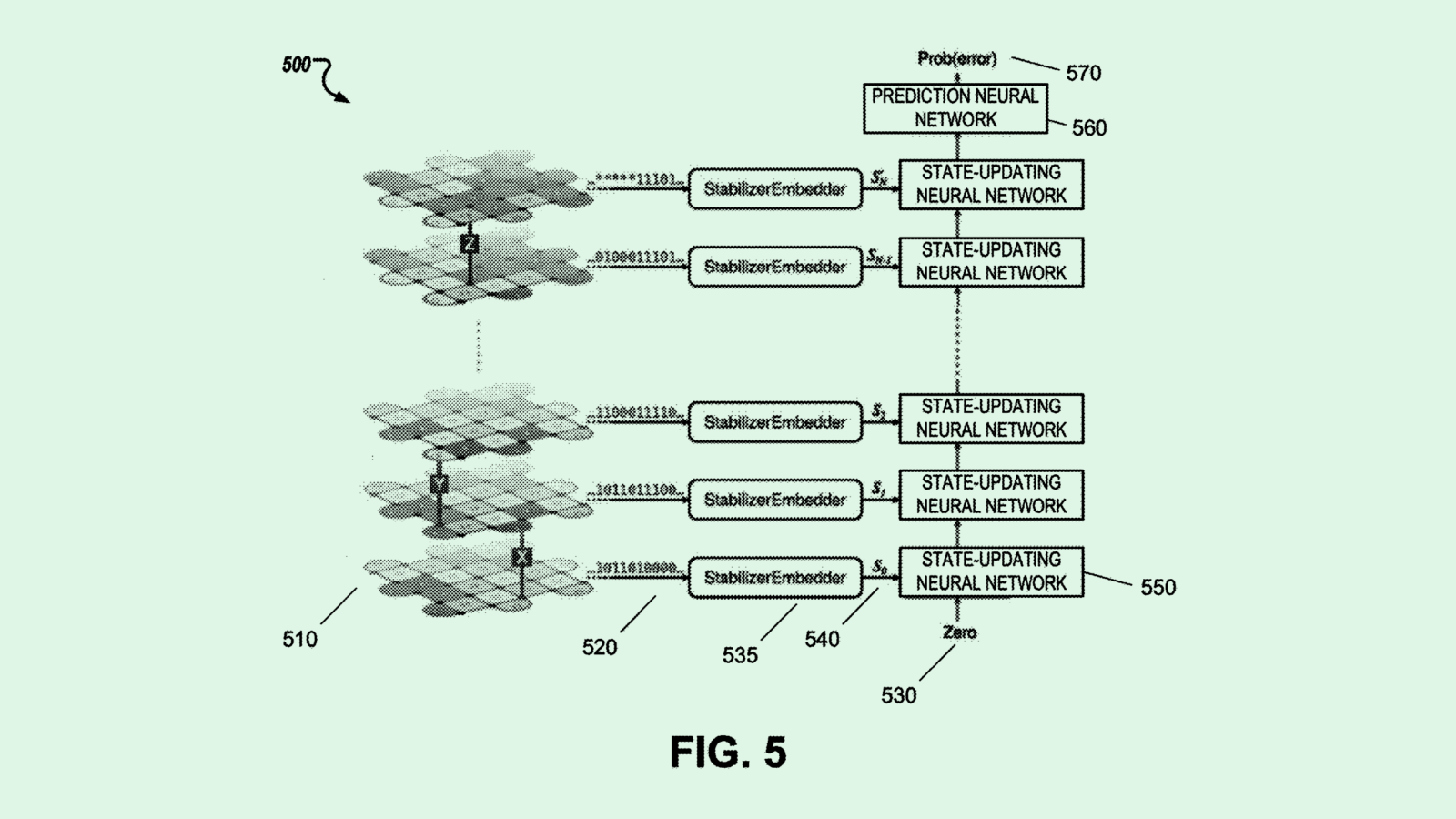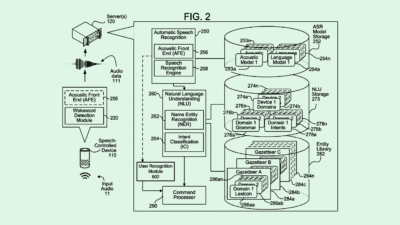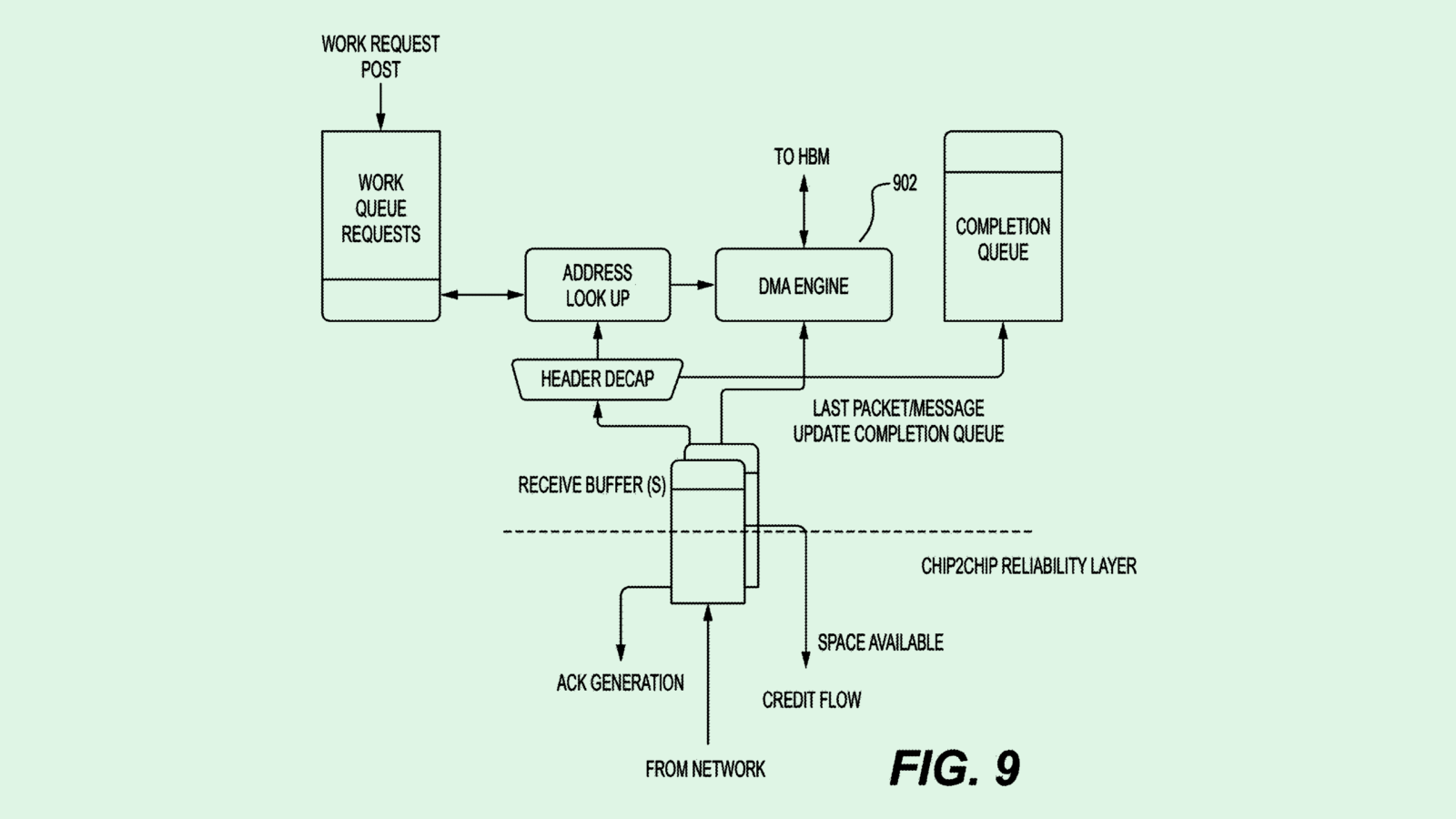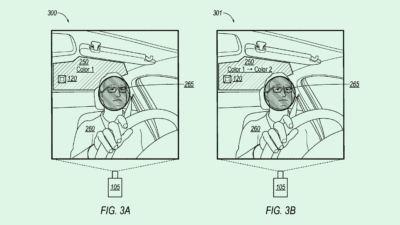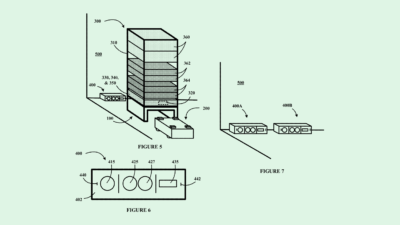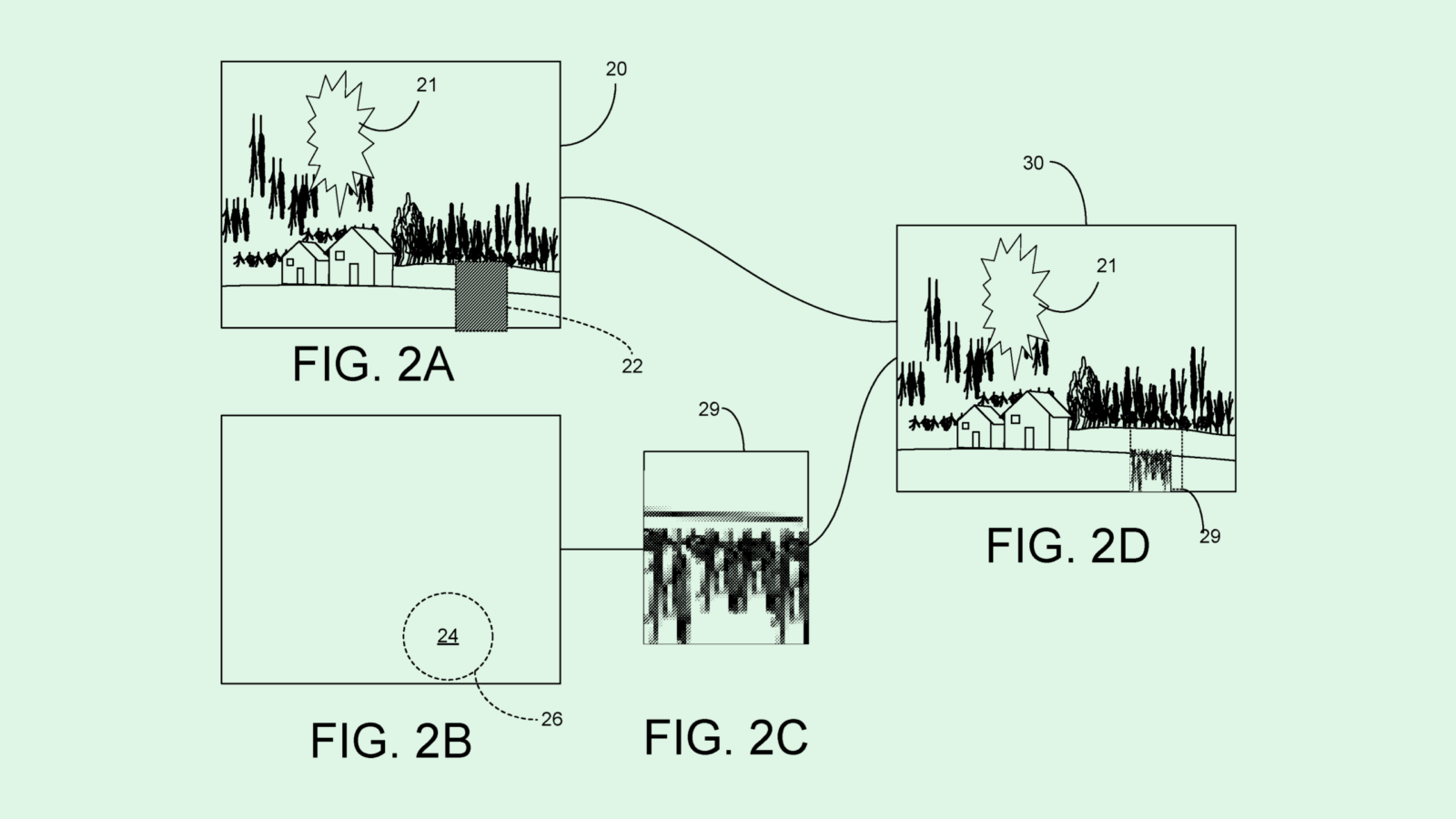Ford’s Privacy Patent Connects the Car to the Office
Ford may let you take work-from-anywhere even more seriously.
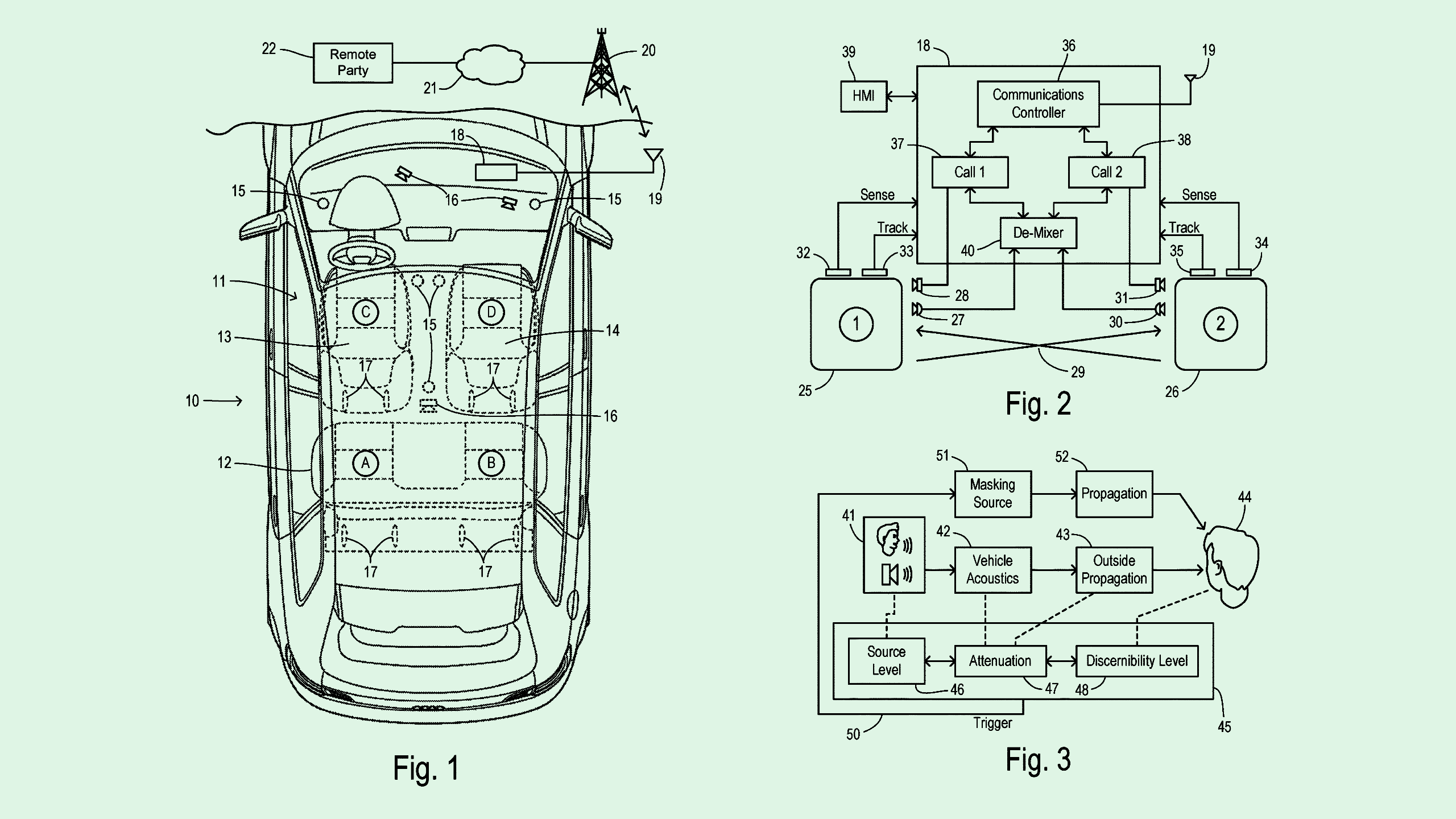
Sign up to uncover the latest in emerging technology.
Tired of working at the dining table? Ford may want to give you work-from-anywhere flexibility.
The company filed a patent application for a “motor vehicle workspace with enhanced privacy.” Essentially, Ford’s patent would give passengers a private workspace to support teleconferencing on the road.
“Vehicle consumers are becoming increasingly interested in engaging in diverse activities within their vehicles,” Ford said. “Unlike traditional offices in a fixed building or home, however, a vehicle work environment may be subject to public perception when pedestrians are justifiably close to the vehicle.”
Ford’s tech uses sensors within headrests and other interior cameras to the position and location of passengers inside the vehicle down to the orientations of their heads, ears and mouths. By tracking passengers inside, the system can optimize speaker and microphone performance down to the individual. Ford’s tech can also employ “audio signatures” using AI to “isolate audio content of one particular occupant from the other occupants.” This creates what Ford calls “personal sound zones” for individual passengers.
Microphones are also used to measure how much sound from the teleconference could be heard by a passerby. If the system determines that the call is loud enough, it uses a “sound exciter,” to generate a masking noise that pedestrians would hear to obfuscate the specifics of the call.
Additionally, Ford’s patent briefly mentions configuring vehicles with “desk-like surfaces and large built-in display screens for enabling office productivity applications,” but doesn’t go into detail on what this may look like.
Ford’s patent highlights a recent auto-industry trend: Vehicles are becoming more than just a mode of transportation, but a place for activity and entertainment, said Bob Bilbruck, CEO of consulting firm Captjur. This dynamic may grow as autonomous vehicles scale up, he noted.
“What it all comes back to is that the car will no longer need people to drive it or pay such close attention to the road,” said Bilbruck. “People will be left to entertain themselves — Work, communicate, or do whatever they want in the car.”
This concept may manifest as more than just private phone calls and in-car lap desks, but rather a more interactive vehicle as a whole, said Bilbruck. Vehicle’s in-car entertainment centers, for example, may offer productivity tech (especially given that Ford’s partnership with Google Cloud and Microsoft’s partnership with GM and Cruise). And as previous patents from Ford have pointed to, mixed reality may soon make its way to windows and dashboards, said Bilbruck, both for entertainment and navigation purposes.
As it stands, Tesla is a frontrunner in this nascent market, attempting to offer self-driving capabilities and adding in-vehicle displays packed with entertainment options. But Tesla has run into a number of regulatory obstacles with its vehicles, including having to recall around 2 million US cars to fix its autopilot functions. Ford and others could face similar hurdles as they upgrade their rides.
“I think it’ll move faster than people think on the regulatory side,” said Bilbruck. “But it’s still moving quite slow when you compare it to the technology that already exists today.”
